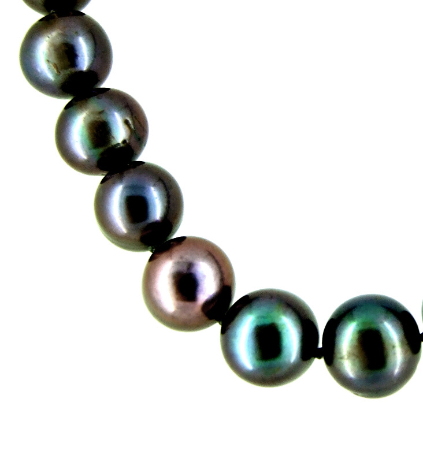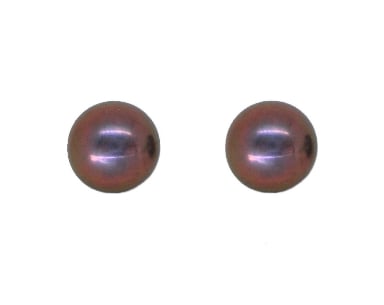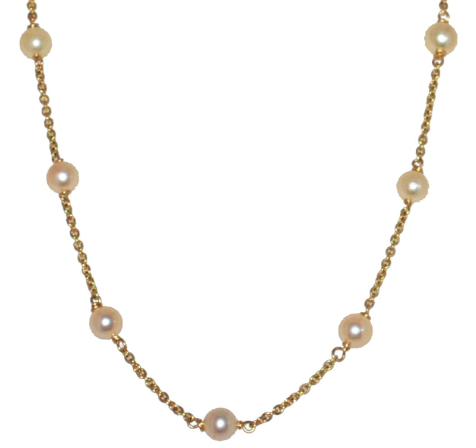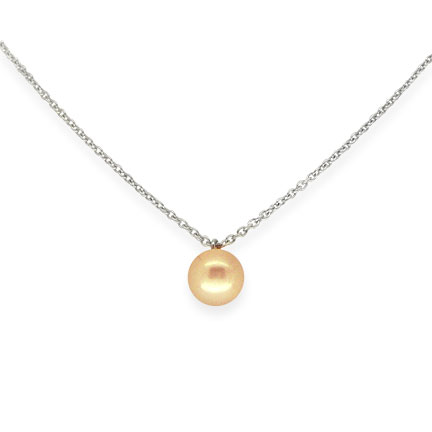The History of the Pearl
Posted on
History of The Pearl
|
|||||||
|
In ancient Rome pearls were a symbol of high status and were worn by the very wealthy. Chinese records indicate that pearls were cherished possessions within royalty, this is also true in ancient Rome as their has been many pearls found buried with royalty. An old fable involving the early queen of Egypt Cleopatra and Roman leader Mark Anthony reveals the importance of the pearl in royalty.
In the year 41 B.C Anthony invited Cleopatra for a banquet at Tarsus, Cleopatra challenged Anthony that she could give the most expensive meal ever provided with only a vessel of sour wine (vinegar). Anthony was perplexed when Cleopatra removed one of her pearl earrings and dropped it into the vinegar. The expensive pearl dissolved in the acidic solution, Cleopatra drank the goblet worth more than any meal in history and won the bet.
|
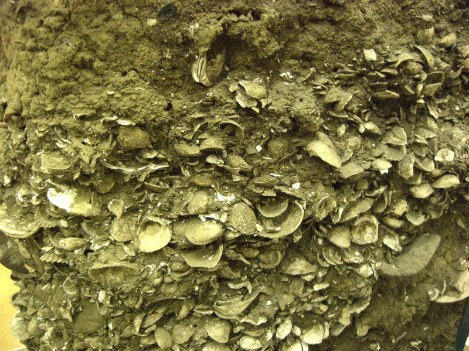 |
||||||
 |
Cultured pearls are produced on oyster farms. The oysters are hung on ropes into the water, sometimes in baskets to stop predators like tiger fish and sea-turtles. They are anchored using concrete blocks. The next step is called seeding, this process involved prizing open the oyster and placing an irritant which is usually a small worm which is contrary to popular belief that a grain of sand is used. The oyster produces a nacre which creates the pearl, after the oyster produces a pearl is is usually sacrificed and eaten in the community because it will never produce a pearl as shiny as its first. To breed new oysters the farmers collect spat or commonly known as lava from around the area the oysters are kept.
image courtesy of http://www.tahiti-pearl-online.com/Pearls-of-Tahiti/pearl-farm.html |
||||||
| Pearl farm in Tahaa | |||||||
|
Symbolism of the Pearl
In Hindu culture, pearls were associated with the Moon and were symbols of love and purity One of the most common beliefs about the power of the pearl is its association with life. People believed pearls changed depending on the health of its wearer: the gem clouded if the wearer fell sick, and lost its lustre completely if the wearer died. Early Chinese scholars believed pearls had vital powers and have the power to prevent forest fires. Tales were told of pearls so luminous they could cook rice and could be seen from thousands of yards or even several miles away.
Tibetan monks were said to have a "seduction pearl" that would cause any woman caught in its rays to become ravenous for love. In Wales, the Celts believed pearls have incredible life-giving powers. They decorated sacred vessels known as the Mother-Pots, they believed it would contaminate the water contained by the vessel with its special powers. Pearls are used as a metaphor for love and beauty. Being an expression of love, the pearl became a euphemism for the clitoris in Victorian times, recalling its place at Aphrodite's pearly gate.
Pearl Facts and what to look for Imitation Pearls: Good imitations are made from beads of glass, ceramic or shell and coated with a varnish of lacquer and ground fish scales to mimic the pearl surface. Well made imitations can be quite hard to spot. One way is the 'tooth test'. Gently rub the pearl under the cutting edge of your top front teeth. Don't bite it. Real pearl should feel slightly gritty due to it's crystalline structure. An imitation pearl will feel smooth. This is not an infallible test.
View Our Pearl Collection at Nude Jewellery
|
|||||||

